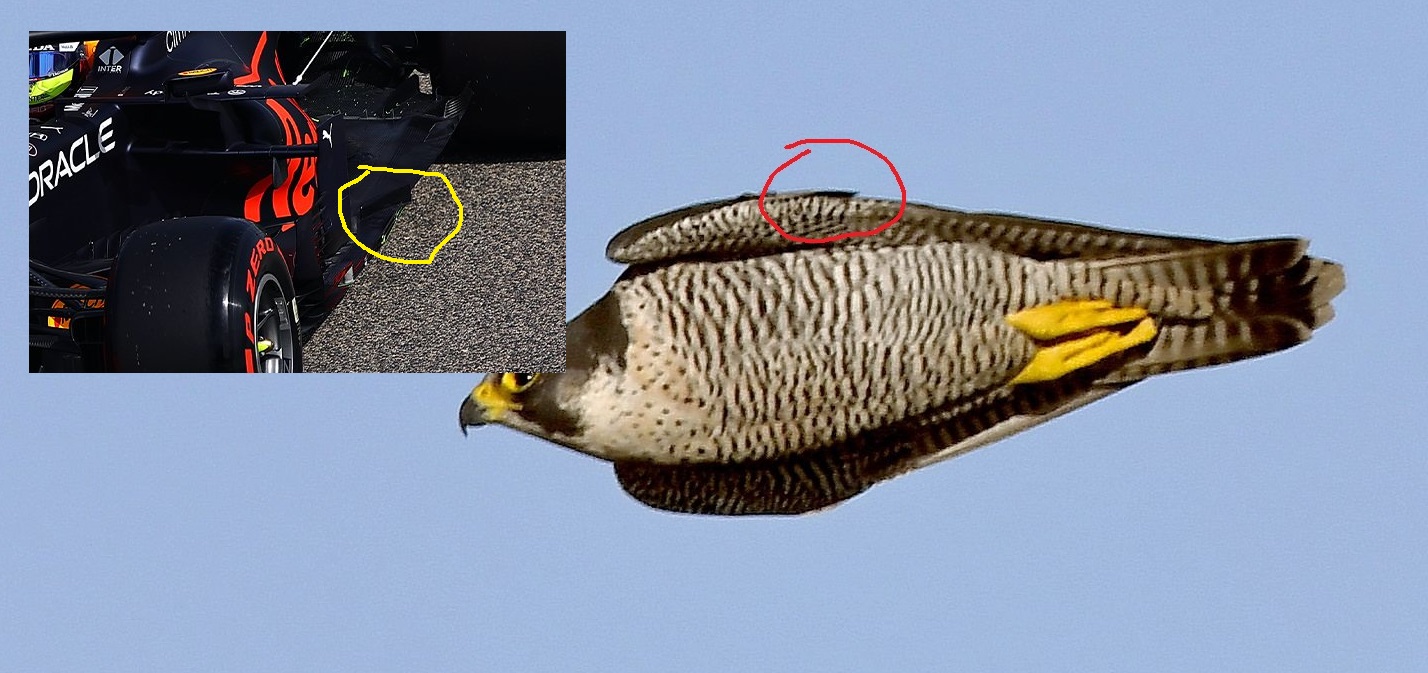Except no, the wake behind the car is pure low pressure, so driving directly behind the car will lower downforce because of the nature of the wake. The two counter rotating vortecies are pumping air upwards creating a pressure reduction.
I don't think that is correct. The rear of the car and those counter-rotating vortices indeed throw air upwards at the car's centerline. But that doesn't mean that you get a partial vacuum ("low pressure") behind the leading car at ground level. It just means that new air has to come in from the sides to fill that space. And that air will, partially because it has to fill the otherwise vacant space, be moving forwards (and a bit sideways).
So one could say that there is low pressure behind the leading car, but only in the "dynamic" meaning of low pressure. Static pressure is pretty close to 1 atmosphere everywhere.
In a car's wake, at ground level, you do encounter air with the same density, there is no vacuum, but the speed of that air relative to your car is slower, hence less downforce.
But I might be getting it wrong, of course; either the physics or the terminology.



